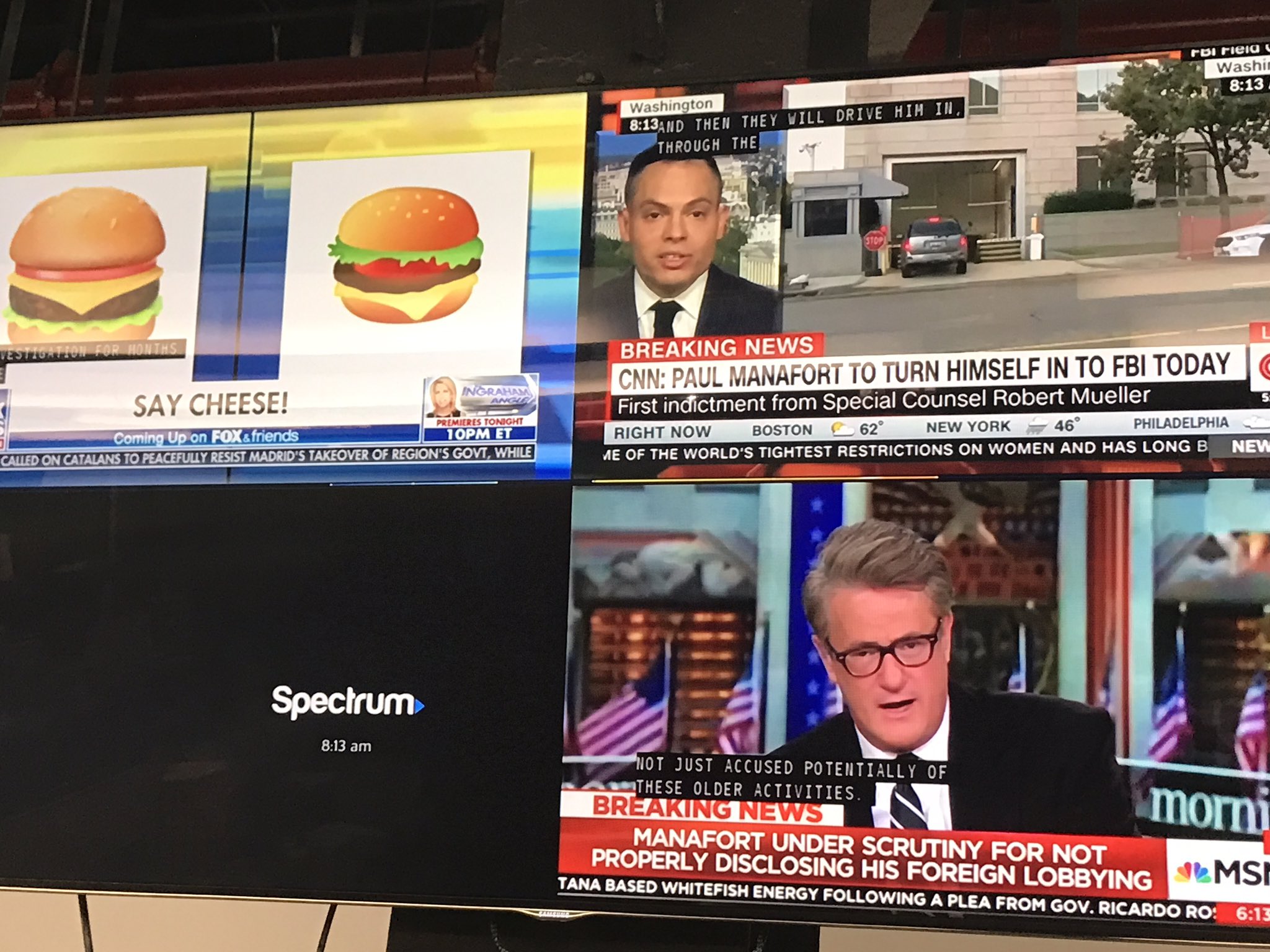It certainly did not age well. https://t.co/kIpdfaxhL5
— David Lai (@davidxlai) September 7, 2021
One of the few good things about the past few years was the way the various crimes and crises forced clarity on a lot of members of the political and media establishment. Recently, though, I've noticed certain journalists and publications falling back into old habits at what may be the worst possible time.
Perhaps it would be useful to revisit the conversation of five years ago.
MONDAY, SEPTEMBER 5, 2016
The cognitive dissonance phase
We've had a number of looks recently at how The New York Times appears to be revisiting its 'whitewater' glory days with its increasingly parodic coverage of the "Clinton Foundation" - I'm adding scare quotes to match the dramatic effect, even though of course the Clinton Foundation is a named legal entity. Beyond the 'clouds' and 'shadows' TPM Reader AR flagged to our attention, as Paul Glastris explains here, the latest installment from the Times explains how Bill Clinton's request for diplomatic passports for aides accompanying him on a mission to secure the release of two US journalists held captive in North Korea constitutes the latest damning revelations about the corrupt ties between the Foundation and the Clinton State Department.
The Times uniquely, though only as a leading example for the rest of the national press, has a decades' long history of being lead around by rightwing opposition researchers into dead ends which amount to journalistic comedy - especially when it comes to the Clintons. But here, while all this is happening we have a real live specimen example of direct political and prosecutorial corruption, misuse of a 501c3 nonprofit and various efforts to conceal this corruption and the underlying corruption of Trump's 'Trump University' real estate seminar scam. It's all there - lightly reported here and there - but largely ignored.
The core information here isn't new and it's definitely not based on my reporting. Much of it stems form the on-going and seemingly indefatigable work of Washington Post reporter David A. Fahrenthold who's been chronicling Trump's long list of non-existent or promised but non-existent charitable contributions. In this case, it goes to a $25,000 contribution Trump made to the reelection campaign of Florida Attorney General Pam Bondi in 2013. The neglected story has only popped up again now because Trump was penalized by the IRS for a relatively technical part of the corrupt act.
...
But all of these pale in comparison to the essence of the transaction itself. Trump made this substantial contribution to Bondi at just the moment when her office was evaluating whether to bring legal action against Trump's 'Trump University' real estate seminar scam. Indeed, Bondi admits she reached out to Trump to solicit the contribution just as the decision was on her desk. She eventually declined to take legal action against Trump, overruling the recommendations of career investigators.
A mounting legal case was also underway in Texas, by career investigators under then-Attorney General and now Governor Greg Abbott. Abbott overruled the investigators recommendation for legal action. Shortly thereafter Abbott got $35,000 from Trump. In this case Trump at least mad the contribution without the commingling of nonprofit funds that go them in trouble in Florida.
...
At the risk of stating the obvious, these facts are textbook examples of the sort of political and prosecutorial corruption journalists are supposed to uncover. Trump used money to buy protection from the consequences of his bad acts from friendly politicians. He then tried to cover up his payment of protection money. And on top of all that he made the either bizarre or incompetent mistake of paying the protection money out of his Foundation - the money from which mostly comes from other people beside Trump.
So here you have straight-up bad acts, political corruption to enable prosecutorial corruption to escape the consequences of fraud perpetrated on vulnerable consumers. And yet the page space gets dedicated to Clinton Foundation stories which raise 'questions' that could 'create appearances' and all other journalistic workarounds reporters use when they haven't found what they were looking for. The North Korea rescue mission Glastris pinpoints in the Times latest salvo just gets the whole enterprise to the point of self-parody.
Now why this disjuncture?
I think there are basically three reasons, some more understandable than others but none of them good. The first is that the Times had a decades long institutional issue with the Clintons. There's no other way to put. It goes beyond single reporters and even individual executives editors. Why this is the case I'll leave to biographers and psychologists. But that it is the case is obvious from reading a quarter century of their reporting on the topic.
We've reached the point where much, if not most, of the campaign coverage produced by the New York Times can only be explained by cognitive dissonance. What we are seeing is the journalistic equivalent of the day after doomsday in " When Prophecy Fails."
How we got here is a long and convoluted story dating back at least a quarter-century involving self-interest, declining journalistic standards, class and regional prejudices, the kind of social psych forces normally associated with isolated tribes and high school lunch rooms, and (inevitably) Maureen Dowd, but the result is a set of beliefs so deeply held that they define the paper and so inextricably interconnected that challenging just one can bring down a world view.
As these beliefs have become less and less defensible, those holding them have clung more and more tightly. Particularly over the past year and a half, organizations like the New York Times and the Associated Press have tended to let they expected and/or wanted to see blind them to what was obviously happening. We've seen this in a string of absurdly off-base predictions, a number of stories that had to be retracted because the sources were obviously unreliable, a reliance on ominous and insinuating language that has become the stuff of punchlines ("these clouds cast a shadow over the Clinton campaign"), and most recently, an account of Trump's widely anticipated immigration speech that actually managed to report the exact opposite of its contents.
Self-criticism is always a painful process, but when it requires up ending a number of fully internalized and tightly networked erroneous beliefs, it can be absolutely traumatic .This is especially true for the NYT, where faith in the paper's superiority is fundamental to the institution's sense of identity. Ironically, this very article of faith has become the biggest impediment to the paper reversing its decline. In order to once again be the best, it has to acknowledge that it hasn't been the best for a long time.







